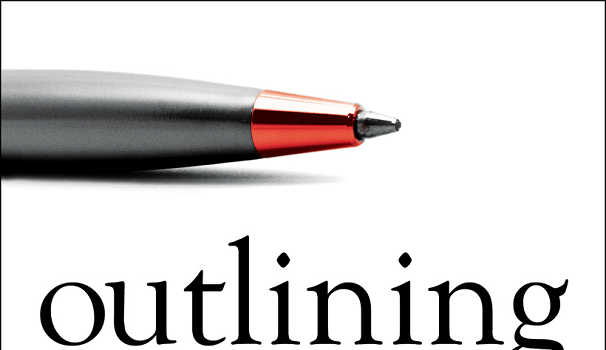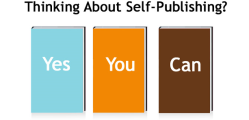What is outlining or plotting anyway? Plotting is defined as the process of structuring your novel. Every writer has a premise in his/her mind which drives them to write a story. And an initial weak premise could be eventually made stronger as he/she starts writing their draft. While, there are no hard and fast rules either to plot or to not plot your novel; some authors make great manuscripts with plotting. For some authors writing organically works with no plotting or outlining.
How to plot
While some authors who use plotting process decide to write bigger drafts as their outline, others prefer to make the outline short and simple. Either one of these methods can be used. Some authors argue that plotting will suppress or kill the creative side of a writer, so they decide to develop the entire script organically until the end of the book. Having no plot at all has it own disadvantages against having some outline, either big or small.
- You can use spreadsheets and write a single liner outline- short and simple for each event or scene of your story.
- You can use post-it notes and write each scene briefly on each note. This will enable with story-boarding process of arranging/re-arranging scenes or even deleting them if not needed later during the writing process.
- You can use a word document and write a few page draft outline, like a summary of your story and later develop into scenes.
Whichever methods you choose, even a method that was not described here; there are many benefits to outlining.
Benefits of outlining/plotting
- You will have a rough idea at the very least of your most important plot points- beginning, middle and the ending of the story.
- You can continually verify if you are deviating from your premise because you have the baseline of your plot.
- You don’t have to change your entire manuscript at the end because your non-plotted story was not good or strong enough. The dynamic nature of the plotting process allows the writer to be flexible and yet make a strong story.
- Will also help develop a strong premise.
- You can re-align or re-arrange scenes, especially for long manuscripts of 100K words or more; saves lot of time and energy along the way.
Some people wonder if outlining was only needed for genre fiction and does not work for literary fiction. Any book that has a story can be effortlessly outlined, but remember the outline is not static, it is dynamic. So, there is no rule to keep following the same plot points, you can develop and make them stronger as you advance with your manuscript. And this is not limited to fiction writing alone. Can be successfully used for non-fiction writing too.
Are you a proponent of plotting process? If not, why?






Leave a Reply